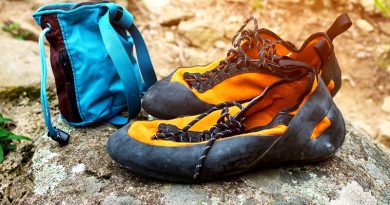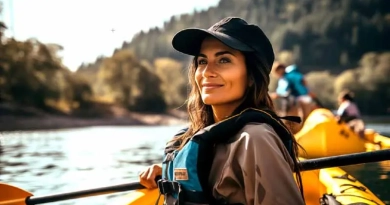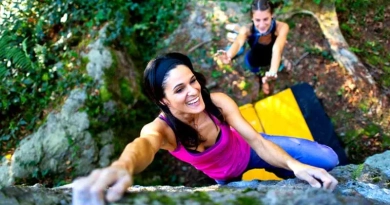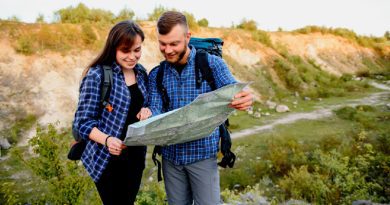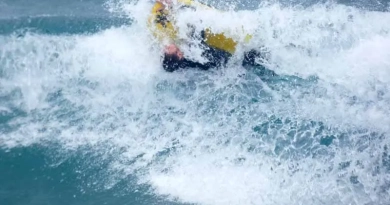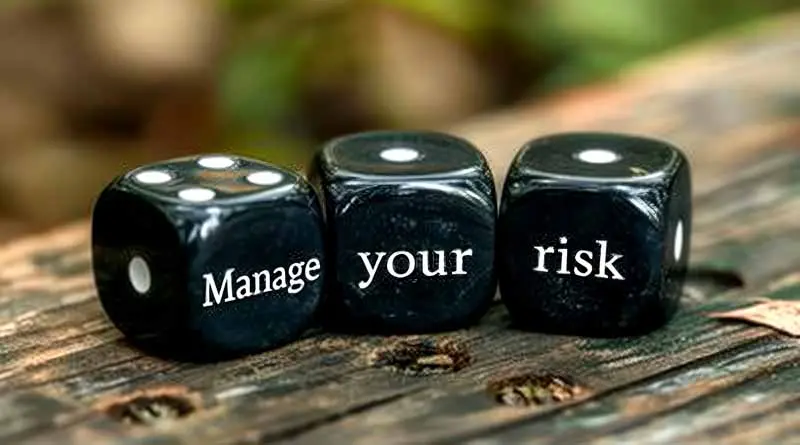
How do I manage risk when climbing?
A Climber’s Guide to Safety
There, high above the ground, with the vast sky as the only witness to my solitude, the question often surfaces: “How do I manage risk when climbing?” This query isn’t born from fear but from a deep respect for the mountain and the laws it governs. In climbing, managing risk isn’t about eliminating it; it’s about understanding it, planning for it, and mitigating it to ensure the safety and longevity of the climb.
The risks associated with climbing are as varied as the landscapes we ascend. They range from physical dangers like falls and equipment failure to environmental hazards such as weather changes and rock instability. The unpredictability of these elements adds complexity to risk management. Furthermore, the human factor—our physical condition, experience level, and psychological state—plays a crucial role in how effectively we manage risk.
Strategic Risk Management
1. Comprehensive Planning
Comprehensive planning is the foundation of safe climbing. It begins with detailed research on the intended climbing route to gather information about its difficulty level, common hazards, and any recent changes or incidents reported by other climbers. Understanding the type of climbing—whether it’s bouldering, sport, or traditional (trad) climbing—helps tailor the approach, preparation, and gear selection. Additionally, checking the weather forecast is crucial, as conditions can change rapidly, especially in mountainous terrain. This preparatory stage should also involve planning the climb’s timing, considering factors like daylight hours and seasonal weather patterns.
2. Proper Gear and Equipment Use
The importance of proper gear and its maintenance cannot be overstated in climbing. Every piece of equipment, from harnesses and helmets to ropes and carabiners, must be inspected for signs of wear or damage before and after each use. For sport climbing, it’s essential to verify the integrity of bolts and anchors on the route as part of the pre-climb preparation. In traditional climbing, climbers must be adept at selecting and placing protection gear such as cams and nuts, ensuring that they are secure and correctly positioned to hold a fall. Regular cleaning and proper storage of gear also play a vital role in maintaining its functionality and longevity.
3. Skills Training and Development
Continuous improvement and training in climbing skills significantly enhance safety on the climb. This training should cover physical conditioning, technical climbing skills, and emergency procedures, including fall arrest techniques, self-rescue, and administering first aid. Engaging in regular workshops and certification courses can provide climbers with up-to-date practices and introduce them to the latest safety standards and equipment advancements. These educational opportunities are critical for keeping skills sharp and knowledge current.
4. Mindful Climbing Practices
Mindfulness during climbing involves continuous, real-time risk assessment and decision-making. Climbers must be aware of their environment at all times, noting changes in weather, their physical and mental fatigue levels, and the condition of the rock or ice they are climbing. This awareness allows climbers to make informed decisions about whether to continue ascending, attempt a different route, or retreat. The ability to remain focused and make prudent decisions under pressure is a skill developed through experience and training.
5. Climbing Within Limits
Recognizing and adhering to one’s physical and psychological limits is crucial for safe climbing. Climbers should challenge themselves progressively, ensuring that the difficulty of the climbs they attempt aligns with their current skill level and physical condition. Taking unnecessary risks by overestimating one’s abilities can lead to accidents and injuries. A cautious approach that includes gradual progression and does not yield to peer pressure or external expectations is essential for long-term development and safety.
Implementing Risk Management
Implementing these risk management strategies effectively requires discipline and consistency. A climber’s safety checklist should include:
- Weather Check: Always updated and relevant to the hours of the climb.
- Equipment Check: A comprehensive review of all climbing gear.
- Communication Plan: Reliable means to communicate with the outside world, especially crucial in remote or poorly accessible areas. This might include carrying a mobile phone, a satellite phone, or a two-way radio, depending on the location and coverage.
By following these strategies, climbers can manage risks more effectively, ensuring that their adventures remain safe and enjoyable. Each climb, approached with the right preparation and respect for the inherent dangers, adds to the climber’s experience and confidence, making them better prepared for future challenges.
Resources and Tools Needed
- Guidebooks and Apps: For route planning and weather updates.
- Safety Gear: Such as helmets, harnesses, ropes, and appropriate climbing hardware.
- First Aid Kit: Equipped for outdoor injuries.
- Training Programs: For ongoing skill development.
As the day’s light faded and I descended from the heights, the reflection on risk management remained with me. Managing risk in climbing isn’t just a set of protocols; it’s a mindset, a part of the climbing philosophy that every enthusiast must adopt. It’s about making informed decisions, respecting the natural forces, understanding one’s abilities, and preparing meticulously. With these practices, the journey up the mountain becomes not just safer but also more rewarding, imbued with the confidence that comes from knowing we’ve prepared ourselves for the challenges ahead. This journey, with all its risks and rewards, is what calls us back, time and again, to the rugged cliffs and serene peaks that test our limits and expand our horizons.

